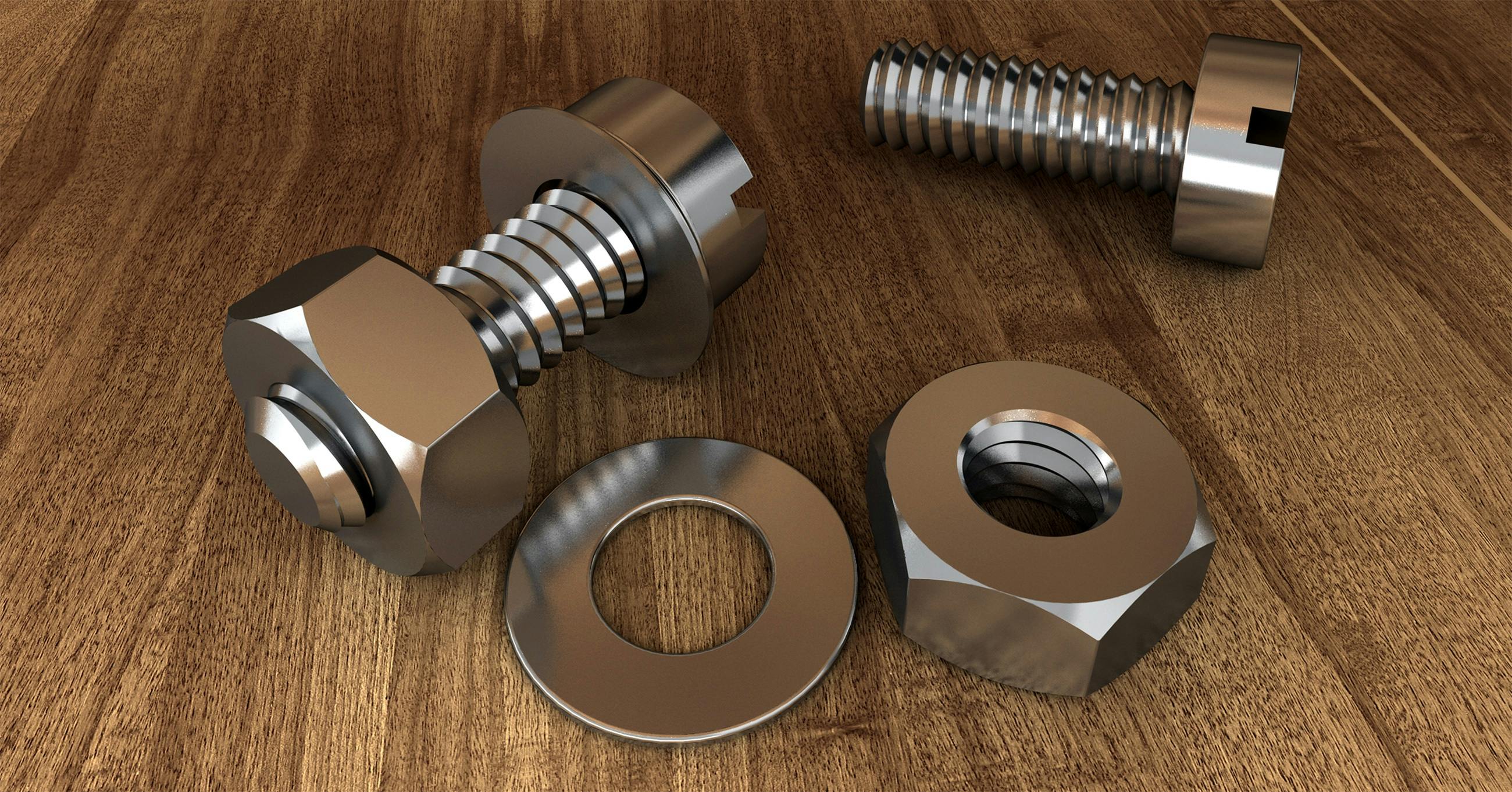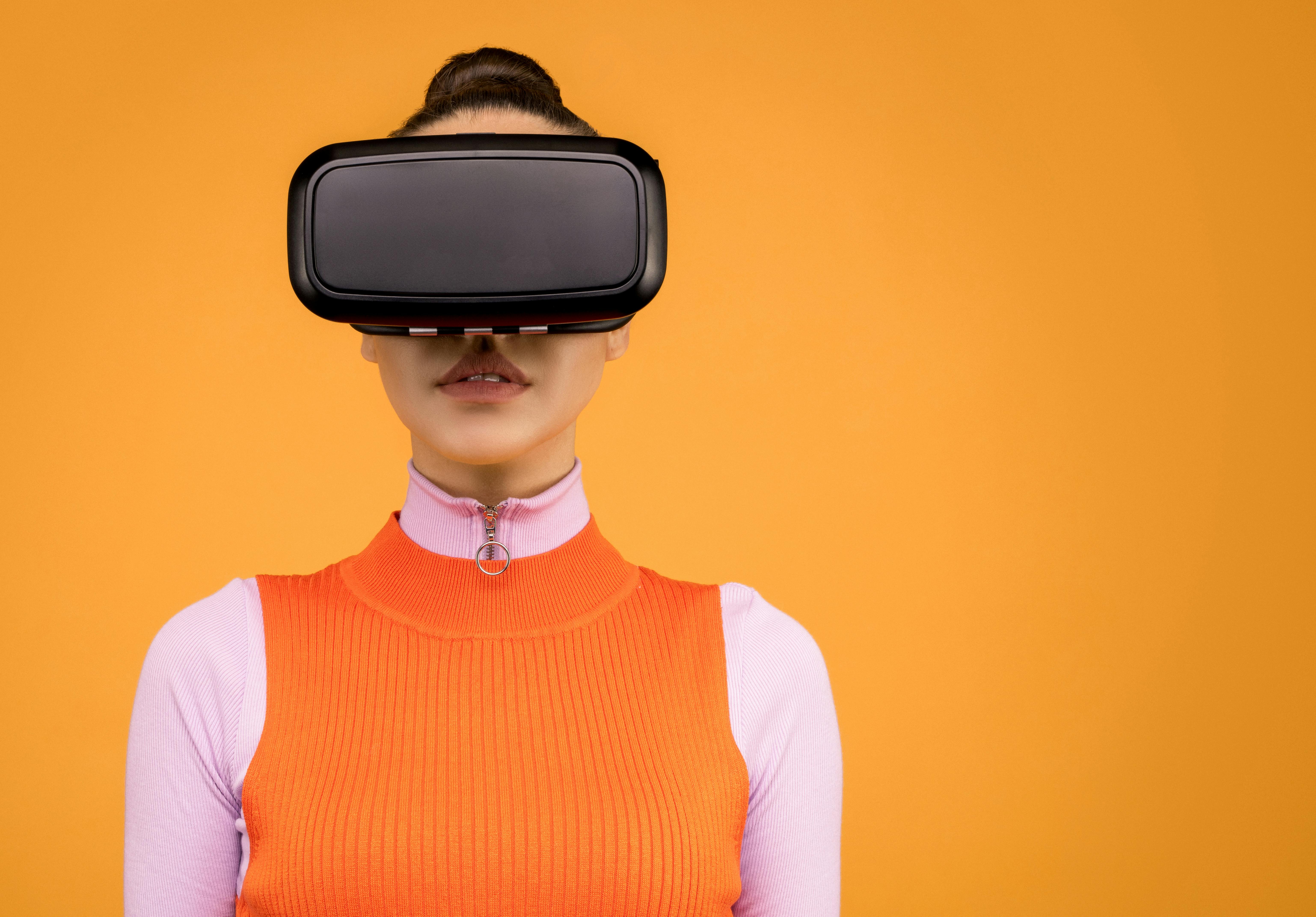Animation seems like a child’s thing but it is a highly complex, laborious and scientific job. All branches of science viz. Biology, physics, chemistry, mathematics, and psychology are integral parts of animation work. When human eyes view an item, a mirror image is imprinted on the retina of the eyes for a short period of time. With the help of the sensory nerves, the human brain translates this image and visualizes it as the real and original object. The human eye can distinguish between two images if they appear after 1/24 of a second apart. This quality of human eyes is used to make animated movies. Several frames of an object are prepared and the speed is adjusted so that the time between two consecutive images is less than 1/24 of a second. Therefore, the brain cannot distinguish between them and the object appears to be moving. Similar is the case with flip book. The pages of the flip book move at a high speed so that human eyes cannot distinguish them and the object in the picture appears to move.
Here is a rundown of the general techniques adopted by filmmakers to make amazing animated movies.
1. Hand-drawn frames: In the old days, at the beginning of animation technology, photo frames were drawn by the hands of artists. This was a very painstaking, painstaking and time-consuming process. It took hundreds and thousands of frames to show the movement of objects just to make a movie in a very short time.
2. Shapes designed with cut pieces: Instead of figures drawn by hand, designed shapes are used and their movements are recorded step by step. They can be replaced with other designed cut shapes. These cut shapes can also be used on top of hand drawn figures. Although simple and a bit easy to work with, there is a coordination problem if two designs are worked simultaneously and also the movements look a bit strange.
3. Stop Motion Animation or Puppets: In this type of animation, puppets and models are used. These models are made from materials such as plastic, metal, wire, rubber, or any material that can be molded into different shapes. These models are generally three-dimensional objects. These objects/models/puppets are kept in a specific frame and photographed; then a slight change is made in its position and it is photographed again. In the same way, a large number of photographs are taken and they are executed with a specific speed to obtain moving images of video.
4. Motion Capture Animation Technique – This is a computer assisted technique. In this animation, the actions of the human actor are recorded and then digitally transferred to the computer to create amazing animated characters. The Avatar movie falls into this category of movies.
5. Animatronics Type: In this category, remote-controlled or self-controlled mechanical animated characters are filmed with real human characters, resulting in amazing animation series. The Jurassic Park movie falls into this animation category.
6. Rotoscopic Animation Technique: This category of animation involves the framing and sketching of actual actions performed by human characters. These frames and sketches are traced into the computer digitally, resulting in a very new world of animation.
7. CGI or Computer Generated Imagery: Computers have made the task of making animated movies comparatively very easy, although they are also a bit expensive. Wire-frame models of special imaginary characters are prepared on the computer using special animation software. These models are then completed with special bodies, skins, colors and textures, etc. to give amazing views and shapes.
8. Backgrounds for animated movies and video games are created on the computers themselves. Special sound effects are also prepared with the help of modern computer programs.
9. The voices of the animated characters are given by human artists. They watch the movie on the screen and simultaneously speak for the characters they assigned to voice. The background sound is mixed thereafter. Editing takes care of all these actions.
10. Animation techniques have made it possible to simulate futuristic scientific and biological models that cannot be created in reality. This quality helps scientists better understand the past and the future.




